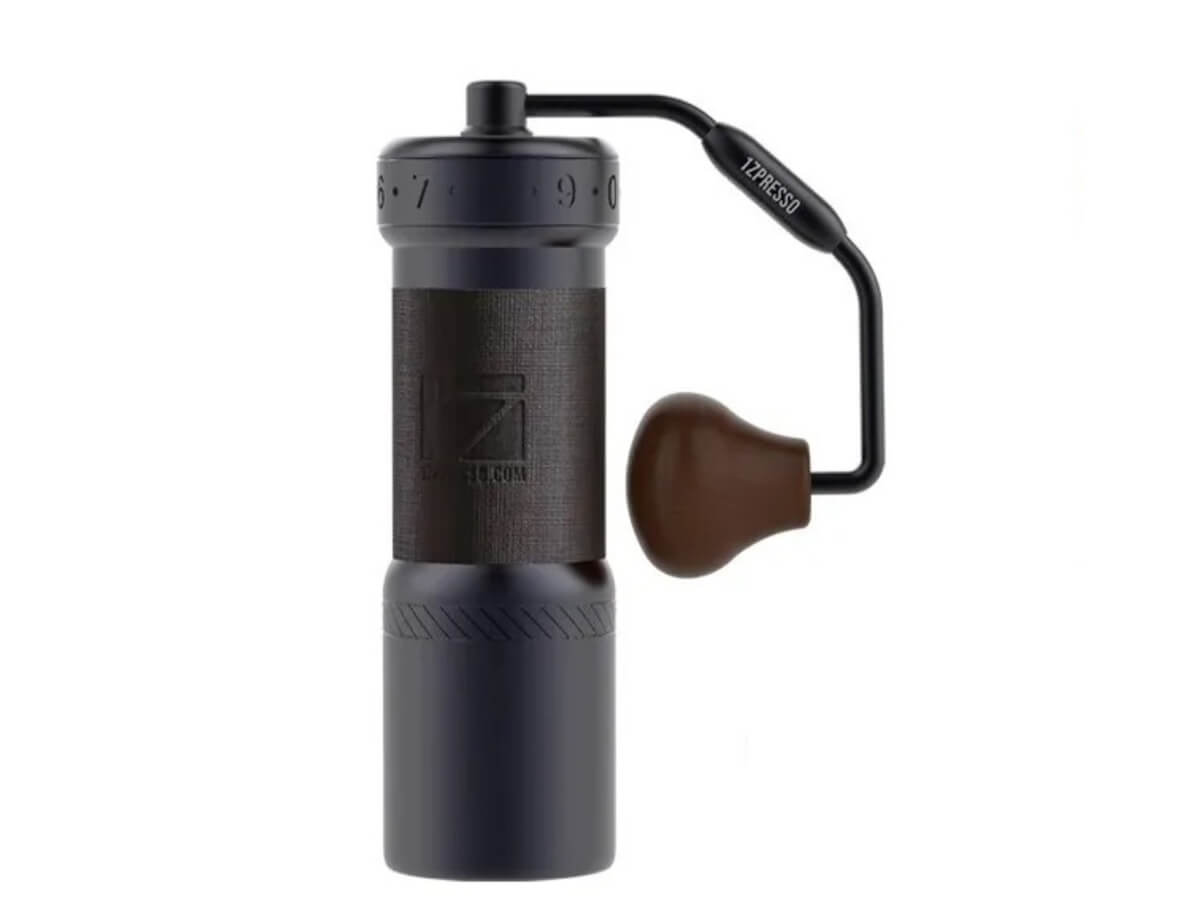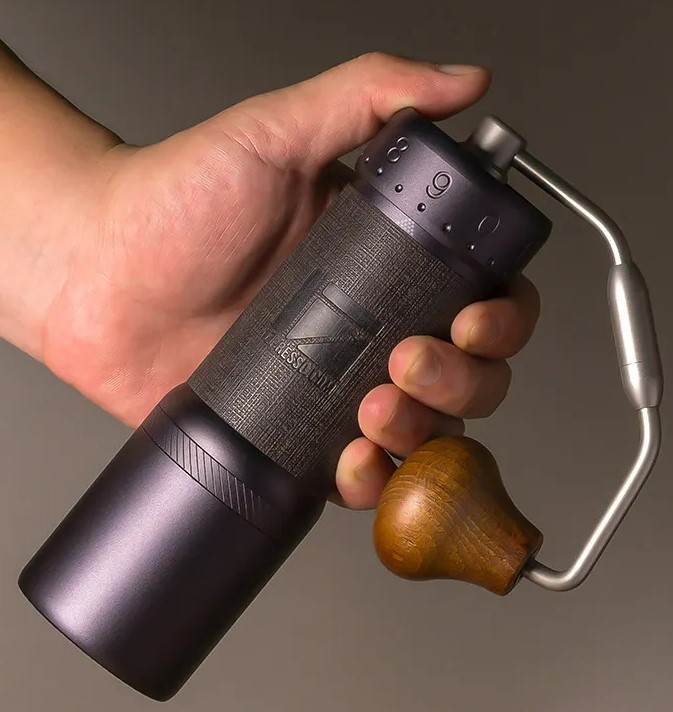Master the Art of Grinding Coffee Beans: An Overview to Coffee Grinders
For coffee lovers, the process of grinding coffee beans is even more than just a routine task; it is an art form that can substantially affect the flavor and high quality of the last mixture. Coffee grinders play an important duty in this delicate procedure, yet mastering their usage involves greater than simply pushing a switch. Recognizing the nuances of various grinder kinds, selecting the proper work size, and utilizing the right strategies are vital actions towards accomplishing that excellent cup of coffee. The journey in the direction of coming to be a coffee grinding maestro doesn't finish there. As we discover the complexities of this craft, we will reveal maintenance secrets, fixing pointers, and more, all focused on raising your coffee experience to brand-new elevations.
Kinds of Coffee Grinders
There are 3 key kinds of coffee mills commonly used by coffee enthusiasts: blade grinders, burr mills, and hand-operated mills. Blade mills are one of the most standard kind, using an easy blade to slice the coffee beans. While they are affordable and easy to use, they often result in irregular coffee premises because of inconsistent grinding. Burr grinders, on the various other hand, supply even more accuracy by crushing the beans between a moving grinding wheel and a non-moving surface area. This leads to an uniform grind dimension, which is vital for a constant coffee flavor. Burr grinders can be found in both level and cone-shaped shapes, each offering slightly various grinding features.
Hand-operated grinders, as the name recommends, call for manual effort to grind the coffee beans. They are frequently chosen by those who appreciate the procedure of hand brewing coffee or for those who value portability. Hand-operated mills can vary in layout, from basic handheld versions to much more detailed counter top versions. While they might require even more initiative, hands-on mills use control over the grinding procedure, enabling customers to adjust the work size to their choice. Each type of coffee grinder has its advantages and suitable use instances, dealing with the varied preferences of coffee lovers.

Picking the Right Work Size
With an understanding of the different kinds of coffee mills, the following critical step in accomplishing the best mug of coffee is picking the right grind size. The grind size plays a considerable duty in establishing the flavor profile of your coffee (1Zpresso J-Ultra). Different brewing techniques require certain work sizes to enhance the extraction of flavors from the coffee grounds
For a rugged grind, ideal for French press and cold brew methods, the coffee beans ought to resemble breadcrumbs, offering a robust and bold taste. Medium-coarse grinds, ideal for Chemex or Clever Dripper, have an appearance comparable to crude sand, using a well balanced taste.
Medium grinds, typically utilized in drip coffee makers, have a consistency resembling normal sand, causing a well-shaped taste. Fine grinds, best for espresso equipments, belong to common salt, generating a rich and intense preference. Ultimately, extra-fine grinds, used in Turkish coffee, are as fine as powdered sugar and produce a strong and powerful mixture.
Grinding Methods for Ideal Flavor
To remove the maximum possibility of taste from your coffee beans, understanding appropriate grinding strategies is crucial. Uniformity is key when it comes to grinding coffee beans for ideal flavor. Guaranteeing that the coffee beans are ground equally is critical to attain a balanced extraction during the brewing procedure. Among the essential methods for boosting flavor is to change the grind dimension based upon the brewing method being utilized. For instance, a great grind is excellent for espresso equipments, while a rugged grind is more appropriate for French press brewing. Furthermore, the grinding time plays a significant role in taste removal. Over-grinding can bring about a bitter taste, while under-grinding may lead to a sour flavor. It is advised to experiment with different work dimensions and brewing times to discover the excellent equilibrium that fits your preference choices. By taking notice of these grinding techniques, you can boost the taste profile of your coffee and appreciate a more enjoyable mug each time.
Upkeep and Cleaning Tips

In enhancement to normal cleaning, it is important to inspect your mill for any type of indicators of wear or damages. Check the blades, burrs, and other components for any type of monotony or breakdowns. Replace any worn-out components immediately to preserve the top quality of your coffee work. Store your grinder in a dry and clean discover this atmosphere to protect against any type of moisture or dust from affecting its performance. By adhering to these maintenance and cleaning tips, you can make certain that your coffee mill remains to provide delicious freshly ground coffee for years to find.
Troubleshooting Common Mill Issues


Guaranteeing your coffee grinder operates efficiently calls for skilled troubleshooting of usual issues that may occur throughout its usage. One typical problem with coffee grinders is irregular work dimension. This problem can happen as a result of dull blades, inappropriate calibration, or unequal coffee beans. To resolve this, ensure your grinder's blades are sharp and correctly straightened, adjust the grinder according to the wanted work dimension, and tremble the mill carefully while being used to aid achieve a much more consistent work.
This can take place when oils from the coffee beans build up and block the mill's chute. To fix this, take apart the grinder and clean view publisher site all components thoroughly, paying special interest to the chute and burrs.
Last but not least, if your grinder is producing too much sound during operation, it can indicate a trouble with the motor or interior parts. In such situations, it is a good idea to consult the maker's instructions for fixing steps or look for specialist help to identify and correct the problem without delay.
Conclusion
Finally, grasping the art of grinding coffee beans includes recognizing the various kinds of coffee mills, selecting the right work dimension, making use of proper grinding methods for ideal taste, and keeping and cleaning up the mill on a regular basis. By complying with these guidelines and troubleshooting common grinder issues, coffee enthusiasts can elevate their coffee brewing experience and take pleasure in a scrumptious mug of coffee each time.